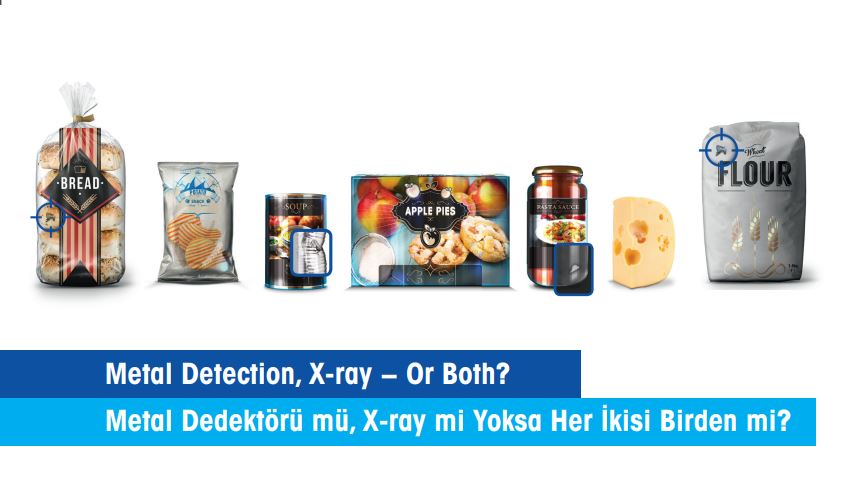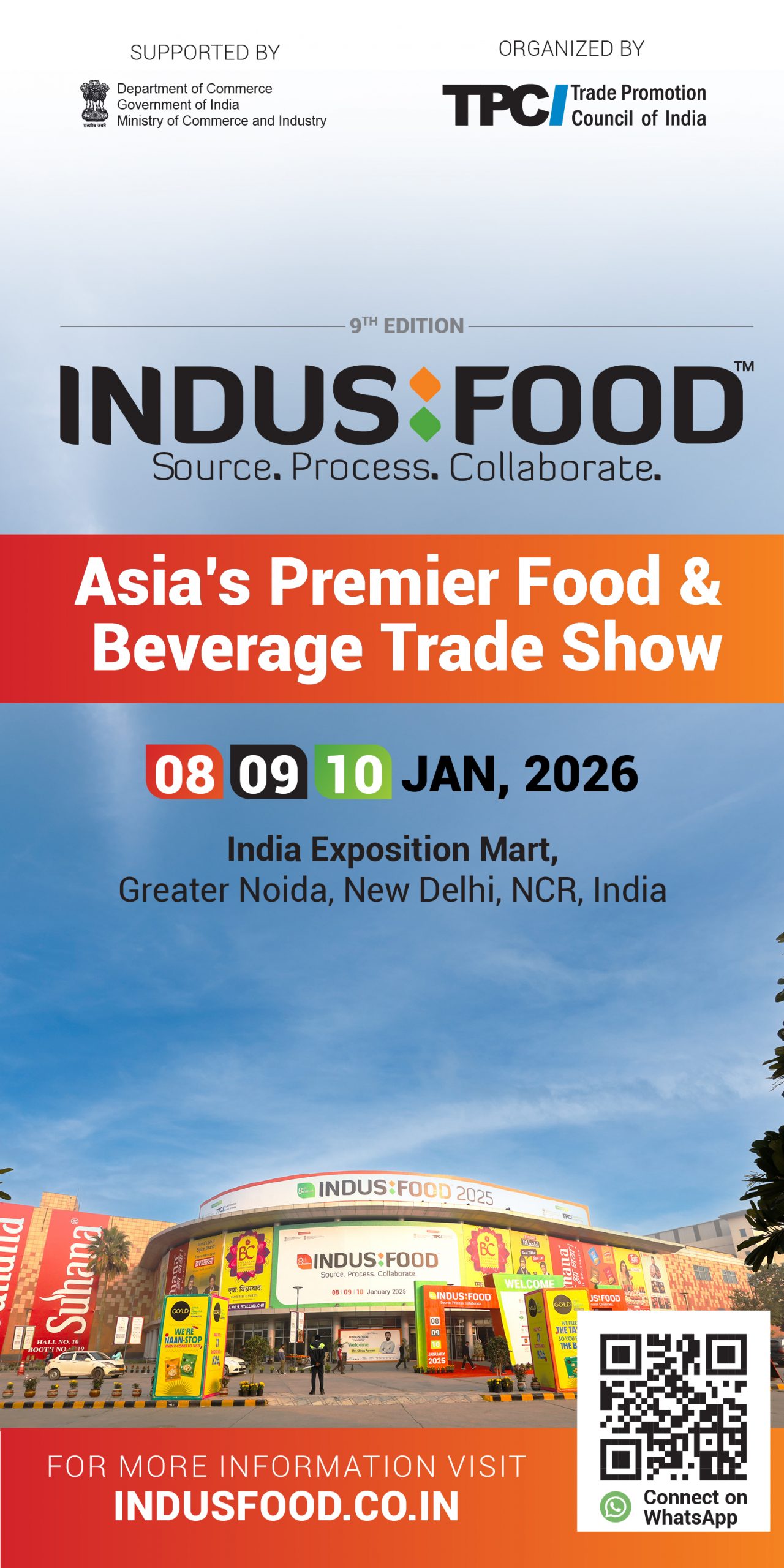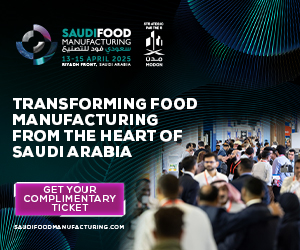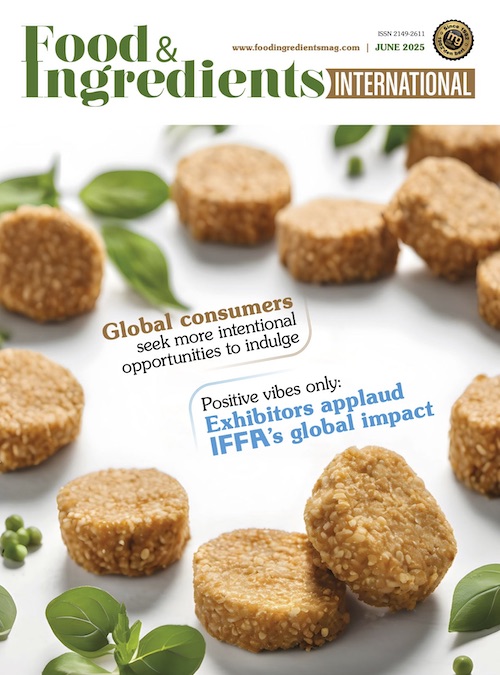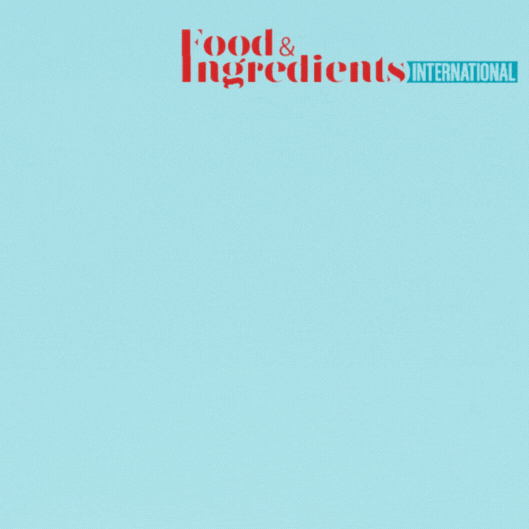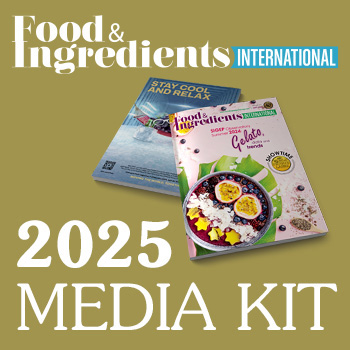Both metal detection and x-ray inspection systems play key roles in product inspection for food and pharmaceutical companies.
Often, there is an area of overlap between metal detection and x-ray inspection, and careful consideration must be given as to which is the most appropriate for the application and budget at hand. If you are looking for the best technology to detect metal contaminants, invest in a metal detection system. If you are looking for a solution to detect both metal and non-metal contaminants, choose an x-ray inspection system.
The choice between metal detection and x-ray is not only about the contaminant being detected. Manufacturers also need to consider where in the production process the product needs to be inspected. For example, raw product inspection is more suitable for metal detectors. End-of-line inspection, which includes packaging integrity checks along with contaminant detection, is more suited to x-ray technology. Either way, product inspection is a critical part of the food production process, maintaining consumer confidence in the quality and safety of the products. Food manufacturers must carefully consider which systems will work best for their needs.
There are fundamental differences in the ways that metal detection and x-ray inspection technologies work. It is important for food manufacturers to understand how these can impact the performance against certain applications.
Metal detection
Metal detection technology is based on magnetic permeability and electrical conductivity. When a conductive material passes through the detector, a signal is generated to indicate the presence of unwanted metal. Modern metal detection systems can identify all metals including ferrous (chrome, steel, etc.), non-ferrous (brass, aluminium, etc.) and both magnetic/non-magnetic stainless steels.
Certain products with characteristics of high moisture, high temperature or high acidity can produce a signal similar to that of a metal contaminant. This “product effect” has to be accounted for during the proper set-up of the metal detector.
X-ray inspection
X-ray inspection systems can detect a wide range of contaminants, including metal, glass, stone, calcified bone, high-density plastics and rubber. They can also perform additional in-line quality checks on food and pharmaceutical products, including measuring mass, identifying missing or broken products, monitoring fill levels, detecting product trapped within the seal and checking for damaged packaging.
In addition, x-ray systems can inspect a wide range of different product types, including pumped products such as slurries, fluids and semi-solids, bulk, loose products, jars, bottles and cans, and packaged products, including those packaged in aluminum foil.
Which technology?
Choosing the right system means going back to the application and carrying out a Hazard Analysis and Critical Control Points (HACCP) or Hazard Analysis and Risk-Based Preventive Controls (HARPC) audit. This will help you to identify what risks of contamination there are with your application, and what types of contamination are likely.
If the HACCP/HARPC audit determines that metal is the only likely contaminant, then a metal detection system will be the best solution. If metal and/or other contaminants, such as glass, stone or dense plastics are likely to be identified, then x-ray will be the best solution. There are other applications where the choice is to install both.
For example, more than one type of product inspection system can be used along different points in the production line. It may be wise to install a metal detector early in the processing line to remove large metal contaminants that could cause damage to machinery downstream. Further down the line, an x-ray machine can check for non-metal contaminants and perform other quality control checks, while a second, more sensitive metal detection system at the end-of-line could be used to make a final inspection for smaller metal contaminants.
Metal detection and x-ray inspection offer differing capabilities. It is therefore not a question of which technology is better, but which technology is most appropriate for your application and budget.


